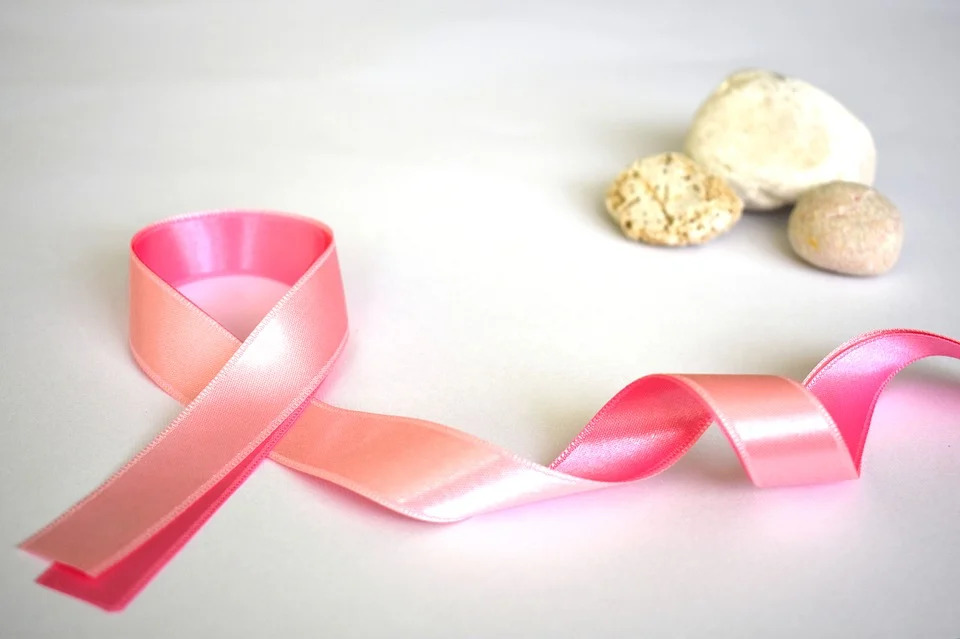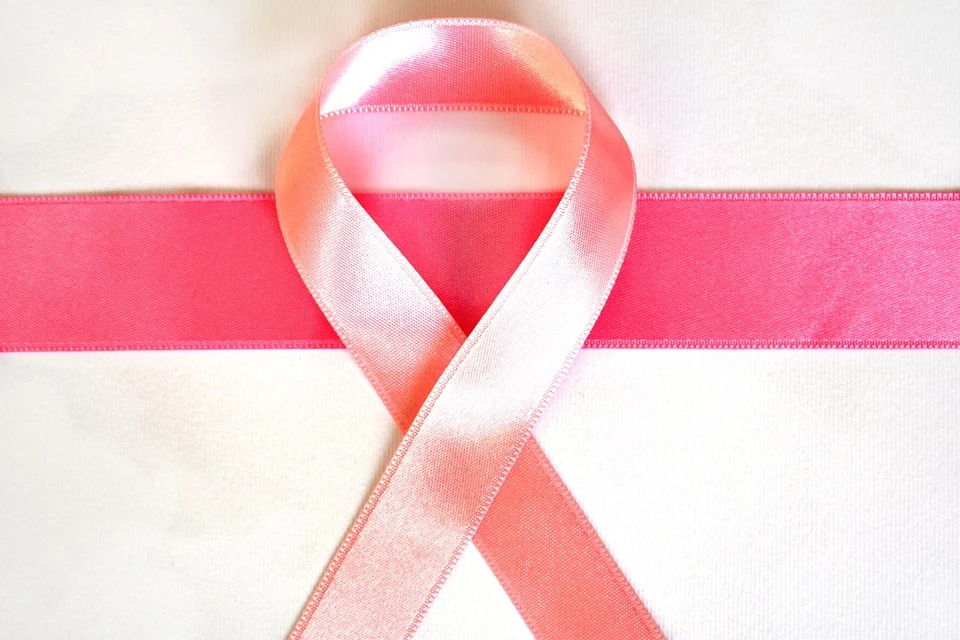Women diagnosed with breast cancer often have many questions about the disease, such as what are the possible treatments? What is the prognosis? Will I need radiation and chemotherapy? Will my hair fall out? What will happen to my family life during treatment and beyond? Breast cancer patients are not alone. They can take comfort in knowing that they’re not just facing this challenge by themselves. There are many people who have been through or are going through treatment and they can offer support, information, and hope.
There are many different treatments for breast cancer. The options depend on the stage of cancer, its size, and location, whether it has spread to other parts of the body, and the woman’s age and health. This article will give a general overview of the most common treatments.
Surgery
Surgery is the main treatment for breast cancer. There are different types of breast cancer surgery, depending on the size and location of the tumor, whether it has spread, and the woman’s age and health condition. The most common surgeries are lumpectomy and mastectomy. Lumpectomy is surgery to remove the tumor and a small amount of surrounding tissue. The majority of the breast is still present. Radiation therapy to the residual breast tissue is frequently indicated following surgery for invasive cancer, particularly in younger patients, patients with hormone receptor-negative tumors, and patients with bigger tumors. Mastectomy, on the other hand, is surgery to remove the entire breast. This is usually done when the tumor is large or has spread to other parts of the body. Mastectomies come in a variety of shapes and sizes. Consult your doctor to see if the skin can be kept (skin-sparing mastectomy) or if the nipple can be preserved (nipple-sparing mastectomy or total skin-sparing mastectomy).
Radiation Therapies
The use of high-energy x-rays or other particles to eliminate cancer cells is known as radiation therapy. A radiation oncologist is a doctor who specializes in treating cancer patients using radiation treatment. There are several different types of radiation therapy including external-beam radiation, intraoperative radiation, and brachytherapy. External-beam radiation therapy is the most common type of radiation therapy. It uses a machine outside the body to send radiation directly to the tumor. Intraoperative radiation therapy is a newer type of radiation therapy that is given during surgery. This type of radiation therapy is used when the tumor is very close to or touching sensitive areas near the breast, such as the heart or lungs. Brachytherapy is a type of radiation therapy that uses radioactive implants to deliver radiation directly to cancer cells.

Medications
The use of drugs to kill cancer cells is known as systemic treatment. Because medications circulate throughout the body, they can reach cancer cells everywhere. A medical oncologist, a clinician who specializes in using medications to treat cancer, usually prescribes systemic therapy. Some of the most common medication treatments include chemotherapy, hormonal therapy, and immunotherapy.
Chemotherapy
Chemotherapy is the use of drugs to kill cancer cells, usually by keeping the cancer cells from growing, dividing, and making more cells. Chemotherapy can be given as a pill, injection, or through a tube placed in your vein (IV). Most chemotherapy treatments are given in an outpatient setting, which means you can go home after your treatment. A chemotherapy regimen, often known as a schedule, is made up of a group of medications that are administered in a specified number of cycles over a set length of time. Chemotherapy can be administered on a variety of schedules, depending on what worked best in clinical studies for that particular regimen. It might be administered once a week, twice a week, three times a week, or even four times a week. Chemotherapy is used to treat breast cancer in a variety of ways. Drugs that are commonly used include Docetaxel, Paclitaxel, Doxorubicin, Epirubicin, etc.
Hormonal Therapy
Hormonal therapy is the use of hormones to treat cancer. The goal of hormonal therapy is to block the ability of the cancer cells to use hormones to grow and divide. This type of therapy is only used for cancers that are hormone receptor-positive. Hormone receptor-positive tumors depend on certain hormones to grow. Blocking the receptors on the cancer cells with medications can keep the tumor from growing. Hormone therapy is used to treat breast cancer in a number of ways, including tamoxifen, aromatase inhibitors, and fulvestrant.
Immunotherapy
Immunotherapy is the use of the body’s own immune system to fight cancer. The goal of immunotherapy is to help the body’s immune system recognize and attack cancer cells. Immunotherapy can be used alone or in combination with other treatments such as chemotherapy, radiation therapy, and surgery. There are a number of different types of immunotherapy, including monoclonal antibodies, checkpoint inhibitors, and cancer vaccines. Various forms of immunotherapy can have a variety of adverse effects. Skin rashes, flu-like symptoms, diarrhea, and weight fluctuations are all common adverse effects. Other serious, although less common, adverse effects are possible. Discuss any potential adverse effects of the immunotherapy you’ve been prescribed with your doctor.
Reconstructive (Plastic) Surgery
Finally, if a woman’s breast is removed as a result of cancer, she may choose to have reconstructive (plastic) surgery. Reconstructive surgery can help form a new breast using tissue from another part of the body. Some women also opt for breast implants. A plastic surgeon is generally the one who does the reconstruction. Reconstruction can be done at the same time as the mastectomy or at a later date. Immediate reconstruction is when a person’s breasts are rebuilt at the same time as the mastectomy, while the latter is known as delayed reconstruction. This type of surgery can help a woman feel more comfortable and feminine after treatment. It can also help her with the mental healing process.
Breast cancer is the most common cancer in women worldwide, and each year it affects more than 1.5 million women. While there are many different types of breast cancer, they all begin when abnormal cells in the breast start to grow out of control. Fortunately, there are a number of different treatments available for breast cancer. In this article, we discussed the different types of treatments available for breast cancer, including surgery, radiation therapies, chemotherapy, medications, hormonal therapy, and immunotherapy.

